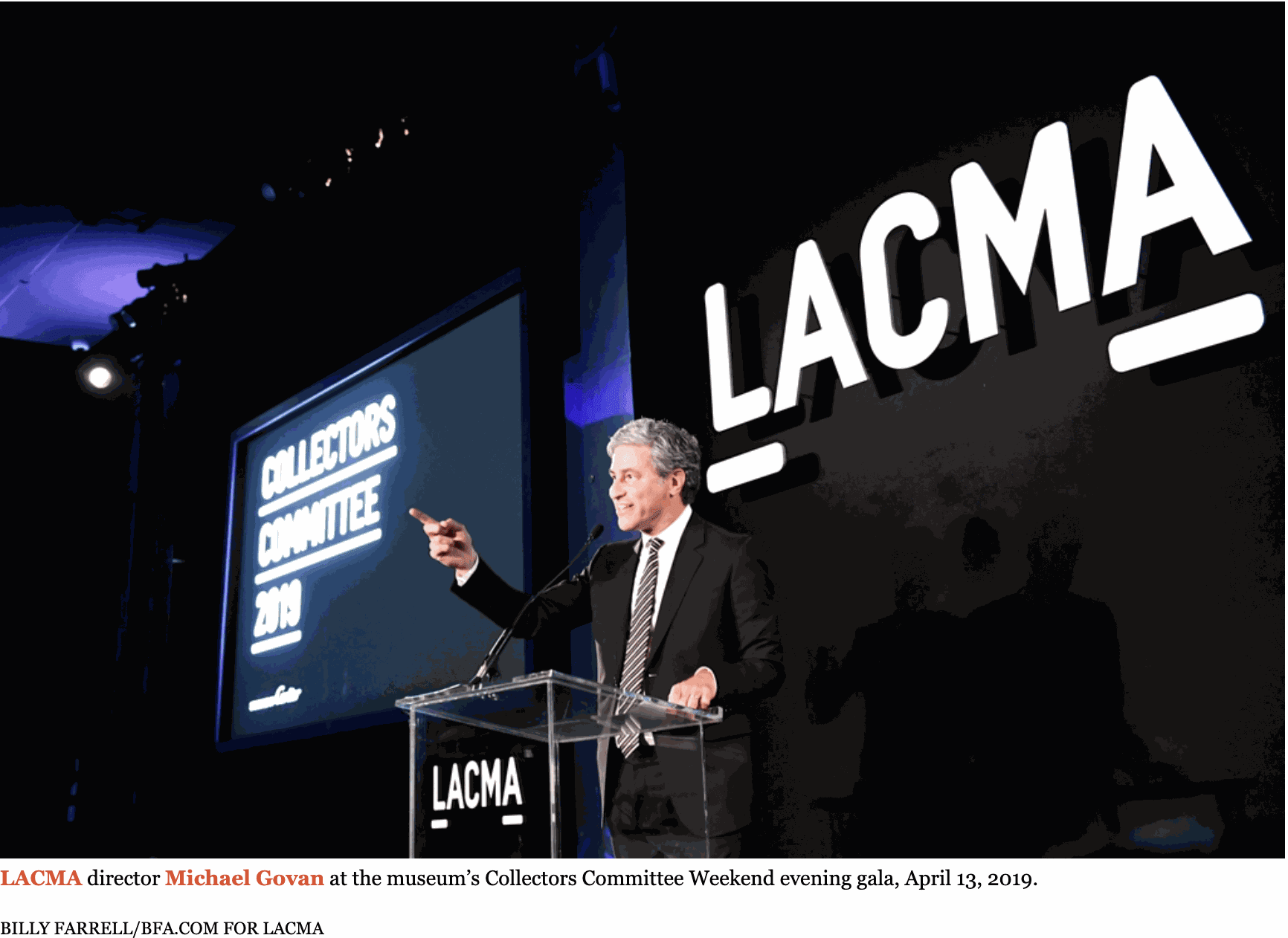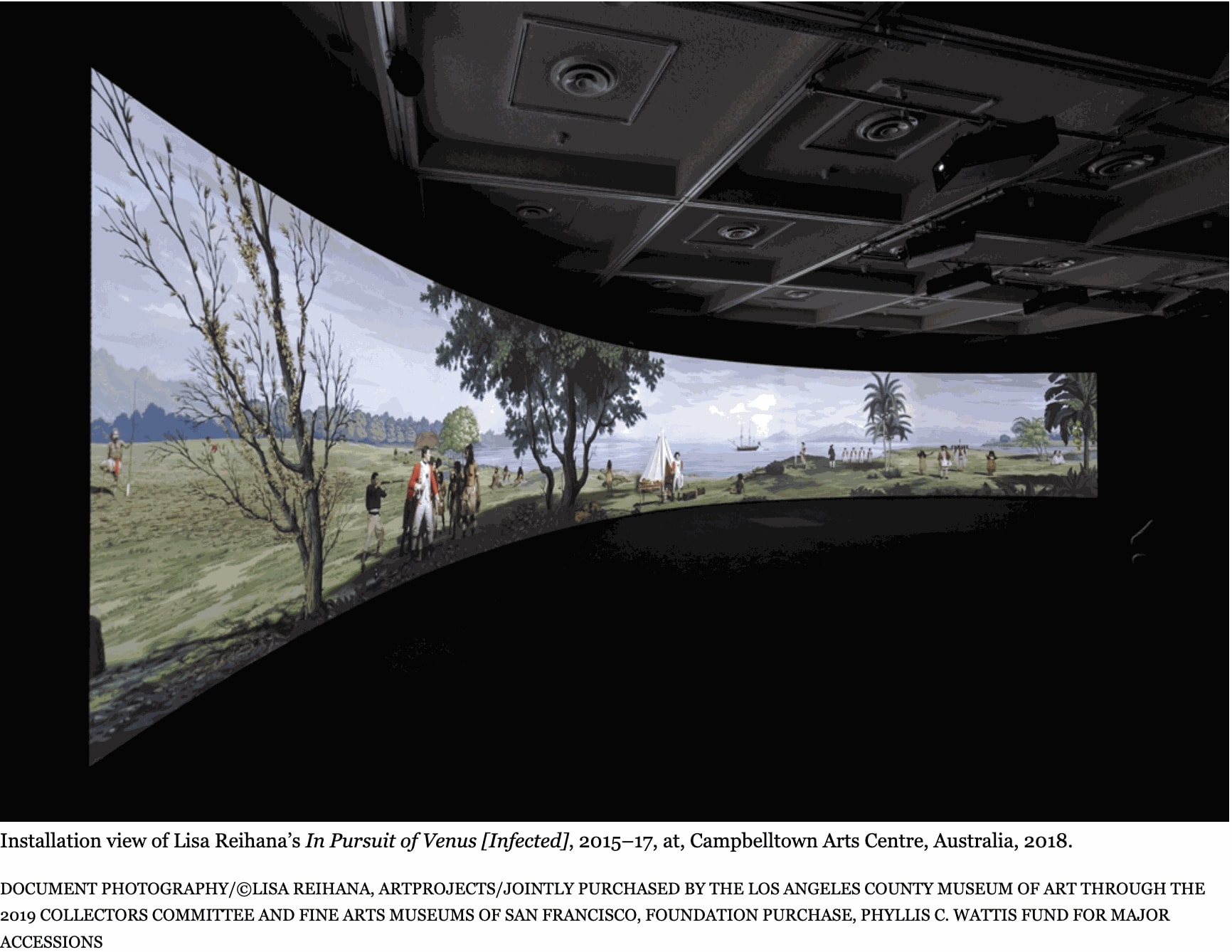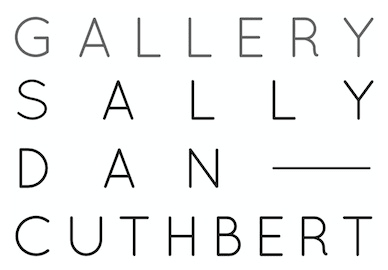
This past Friday and Saturday, the Los Angeles County Museum of Art hosted its annual Collectors Committee Weekend, which has become something akin to an episode of Shark Tank for the local art world, with a tranche of the museum’s patrons voting on which pieces will be acquired for its permanent collection. In all, eight works made the cut, and the event raised $2.4 million, capping off a successful—though not uncontroversial—week for LACMA leadership.

“I think everyone knows this is a momentous weekend for LACMA,” the museum’s director, Michael Govan, said in remarks ahead of curatorial presentations on the works proposed for acquisition. A few days earlier, Los Angeles County Board of Supervisors’s had voted to give the museum $117.5 million toward its proposed $650 million Peter Zumthor–designed building, which will replace three of the museum’s aged structures. The building’s design—and the museum’s communication about it—has been the subject of fervent debate, and harsh judgment from many art and architecture critics. Govan’s remark on Saturday, as a mild breeze cut through the spring heat, was met with whoops and cheers from the assembled committee members, many of whom have also donated to the building’s fund.
Not far from the podium, in LACMA’s Resnick Pavilion, were 10 works that the committee was to consider purchasing for the museum using their membership fees—between $15,000 to $60,000 apiece from 81 donors—and money raised from a silent auction that evening. Govan pointed out that, for the first time in its 33-year history, all of the proposed acquisitions at the event were made by women artists, and coincidentally, all were being presented by women curators.
Among the pieces on offer, from across nearly every department the encyclopedic institution collects, were a late-17th-century wood sculpture of St. Anne with the young Virgin Mary by Luisa Roldán, who is considered the first woman sculptor in Spain, and a multichannel 80-foot panoramic installation of non-linear reenactments of Captain James Cook’s 1769 visit to the island of Tahiti, titled in Pursuit of Venus [infected] (2015–2017), by Lisa Reihana, a New Zealand artist of Maori descent. (Reihana, who presented the work as her nation’s representative at the Venice Biennale in 2017, had created a 30-foot mini-version of the piece especially for this weekend viewing.)
Prior to their official presentations following Govan’s remarks, the eight curators were on hand during a breakfast showcase, replete with coffee, pastries, and six kinds of juice, as well as a small basket of magnifying glasses—the better to view artwork or the extensive program notes more closely. They mingled casually in the vicinity of their chosen works, ready to answer questions or otherwise succor a bond between the artworks and the committee members who would later vote on the fate of each one.
“The icebox, I have to show you the icebox!” exclaimed Wendy Kaplan, curator and department head for decorative arts and design. It wasn’t the only time that morning she gave an enthusiastic walk-around of Charlotte Perriand’s 1952 modernist design piece Kitchen for an apartment in Le Corbusier’s Unité d’Habitation. (Her excitement did not wane throughout the course of the day.) The little unit, plucked from its original location in France and presented here on a dais like a sculpture, has the charm and compactness of a child’s kitchen playset, finished with wooden cabinets and walls painted in vivid yellow and green.
Perriand was a close collaborator of Le Corbusier’s and designed the kitchen for his Unité d’Habitation in Marseille. Created for middle-class occupants after the war, the aforementioned icebox (an electric refrigerator would have been a luxury then) was placed on a wall facing the interior streets of the compound; that way ice could be delivered from the outside, like a mailbox, Kaplan explained, guiding me by arm to see it.
“Just wait, I have the cutest picture in my presentation of Picasso hanging out in the kitchen,” said Kaplan, who kicked off the presentations, before making good on that promise.
The presentations tended toward a blend of art-history lecture and sales pitch, with pleas regarding the works as correctives toward holes in a museum collection largely dominated by male artists and designers. In her pitch for Anne Truitt’s 1962 Minimalist piece White: Four, Stephanie Barron, senior curator and head of modern art, pointed out the significance of Truitt’s studio-based practice in creating her sculptures, contrasting it with the complex fabrication processes used by her contemporaries, like Donald Judd and Robert Morris, both of whom are in LACMA’s collection. The work would be the first of Truitt’s to be acquired by the museum.
Curators did not shy from criticizing the institution’s historical gender imbalance. Associate curator Jennifer King mentioned Luchita Hurtado’s protest of the LACMA’s all-male roster for its “groundbreaking” 1971 “Art and Technology Program,” when making her case for a 1951 untitled drawing by Hurtado, who was just named to this year’s “Time 100” list. Museum trustee Janet Dreisen Rappaport was so moved by the story that she purchased the work outright for the museum during a break that morning, to the tune of $80,000. Gestures like this are encouraged, especially as committee members unexpectedly find themselves rooting for specific works. “Some museums have specialized acquisition committees,” Barron said during the breakfast. “What’s unique about this event is that it reflects the encyclopedic nature of the collection. It leaves room for surprises.”
The Collectors Committee accounts for about a fifth of the LACMA’s acquisitions budget, and has added 236 works to the collection over the years. When it was formed in 1986, the museum did not have an endowment set aside to acquire new work. More recently, the event has expanded into a lively weekend of food, drink, and pay-to-play voting, which begins Friday evening with dinners helmed by celebrity chefs and hosted at private homes. (Participants this year included Vinny Dotolo and Jon Shook, the duo behind popular L.A. spots Animal and Son of a Gun.)
Ann Colgin, of the Napa Valley–based winery Colgin Cellars, is largely considered responsible for the heightened energy and spectacle of the weekend since taking over as committee chair in 2009. The festivities conclude each year with a gala inside the museum’s BCAM galleries, which Colgin kicked off with a welcome and a reminder: “What is a museum without its collection?” Attendees of the gala included LACMA trustee Ryan Seacrest and ARTnews “Top 200 Collectors” Elaine Wynn, Jane and Marc Nathanson, Steve Tisch, Maurice Marciano, and Howard and Cindy Rachofsky, as well as artist Betye Saar, who created an edition for committee members who donate at the highest threshold. Govan also welcomed L.A. County Supervisor Mark Ridley-Thomas, who was part of the unanimous vote to approve the funding for LACMA’s new building, calling him “one of the coolest guys in Los Angeles.”
The evening gala was a fast-paced high-intensity affair, where members bid on the auction lots and later cast live votes on little electronic devices resembling portable calculators to determine the weekend’s acquisitions. The higher the member’s contribution to the pool, the more votes they receive. Among the objects and experiences up for bids—with auctioneering by collector and trustee Viveca Paulin-Ferrell—were a trip to James Turrell’s Roden Crater in Arizona with Govan on a private plane (estimate: $50,000–$60,000), a series of wines from Collectors Committee Weekend vintners ($25,000–$35,000), a 2017 work by photographer Vera Lutter that she completed while on residency at LACMA ($12,000–$18,000), and a New York fashion weekend experience courtesy of the Row ($10,000–$15,000).
By the time the auction wrapped during dinner Saturday evening, the pool had swelled from $1.1 million to about $1.8 million, still not enough to purchase all of the 10 artworks up for consideration. “It’s so confusing, no one seems to know how much we have,” Seacrest said from the podium while the funds were tallied. As the guests nibbled on braised short ribs and mango passion fruit mousse, Colgin and Seacrest announced each confirmed acquisition to audible cheers and gasps of surprise. Perriand’s kitchen and Truitt’s white sculpture were taken up early on, as were Roldán’s religious carving and Reihana’s video installation.
Additionally, the museum acquired a 2011 sculpture by Huma Bhabha, Farideh Lashai’s projection installation over a suite of 80 prints inspired by Francisco de Goya’s “Disasters of War” series (1810–20), and five quilts (dating from the early 1940s to 1992) made individually by African-American artists Sherry Byrd, Mary Lue “Mother” Brown, Effie Jackson, Laverne Brackens, and Rosie Lee Tompkins.
Nancy Thomas, LACMA’s senior deputy director who presented on behalf of the Reihana work, took out her phone to text her husband the good news. “Now I can relax for the rest of the night,” Thomas said, exhaling.


